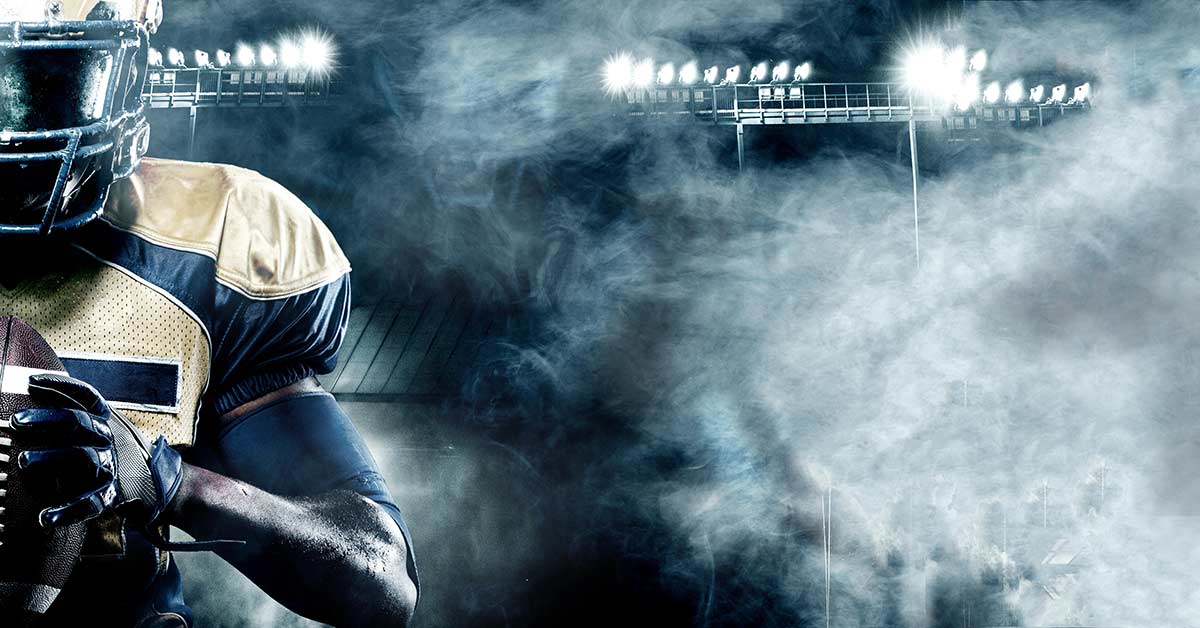
Paul Beckwith is the Director of Sports Performance at Apex Athletic Performance in Columbia, SC, and has trained athletes in the National Football League, Major League Baseball, PGA Tour, and Major League Soccer. He was recently in Indianapolis for the NFL Combine, after preparing several athletes for the event.
“With the idea and understanding that 90% of the grade of an NFL athlete comes from game film, medical reports, and personal interview, the actual ‘Combine tests and drills’ are what I call an up-close-and-live audition of athleticism,” Beckwith said.
While there, Paul spoke with NFL scouts about the Combine showcase. In this modified Freelap Friday Five, contributed via 1080 Motion, Paul shared with us some of what he heard from these scouts and how they evaluate the individual drills as they assemble their profile of each prospective player.
 Speed Tests: Less Is More (Not Always, but Often)
Speed Tests: Less Is More (Not Always, but Often)
Scout: For certain positions, the 40-yard dash matters greatly. It’s important for wide receivers and cornerbacks, not so much for linemen and quarterbacks. Our league is about speed, and this test helps attach some speed numbers to players. It’s not as important as people think, but it’s not as overrated as people think, either.
Beckwith: I know a few colleagues around the league who value the results of the 10-yard split more than any other speed metric here. I still haven’t seen any verified data that backs that up, but I get it. Initial burst and quickness are obviously important.
 Shuttle and Agility Tests: Direct Transference to the Sport
Shuttle and Agility Tests: Direct Transference to the Sport
Scout: I love the 20-yard short shuttle. Stiff athletes can’t escape the shuttles with good times. Burst, bend, and lateral range are tested, and tightness is exposed.
Beckwith: The three-cone drill is the single most important drill at the Combine, plain and simple. Regardless of position, I want to know how the player performs in space, and this helps show change of direction, explosiveness, and overall athleticism. There is validity to this test translating to the football field.
 Jump Tests: Minimal Utility for Football
Jump Tests: Minimal Utility for Football
Scout: The higher you can jump, the better, but it’s more of a threshold drill. As long as you jump at a certain level, depending on your position, you’re fine. The best numbers in this drill don’t tell me much.
Beckwith: The broad jump is an overrated drill. It helps gauge lower body muscles and twitch, I suppose, but you can’t convince me it necessarily translates to an athlete being a better player.
 Bench Press: Drop It
Bench Press: Drop It
Scout: If we forgot to do this drill at the Combine, no one would miss it. It’s overrated and useless. If a player has a low number of reps, he’s not a weight room guy—but we already knew that.

What is the likelihood of the Combine changing to reflect what we now know about sport science, particularly transference between drills or tests and the sport performance they supposedly predict?
Beckwith: The Combine isn’t going to change drastically. It’s too established. Plus, at its core it’s as much about entertainment and furthering the NFL narrative in February as it is about scouting.
The way to improve the Combine isn’t to change the drills, but to expand how they’re measured. Share on XPeople are attached to the mystique of the 40-yard dash, and that’s fine. The way to improve the Combine is not to change the drills, but to expand how they’re measured.
Video 1. High performance professionals can use technological tools and analytics to create a blueprint to prepare athletes for the Combine.
Teams can compare the big numbers—that’s what they’re looking at to compare athleticism. As sports science/sports medicine practitioners, we can use the more detailed analysis to really understand how to create a blueprint for that athlete to make sure that you fix them and have them ready between now and when they show up at that first camp.
That’s the next step: Use the Combine not just to evaluate players, but to maximize those players’ abilities once they latch on with a team.
Since you’re here…
…we have a small favor to ask. More people are reading SimpliFaster than ever, and each week we bring you compelling content from coaches, sport scientists, and physiotherapists who are devoted to building better athletes. Please take a moment to share the articles on social media, engage the authors with questions and comments below, and link to articles when appropriate if you have a blog or participate on forums of related topics. — SF

